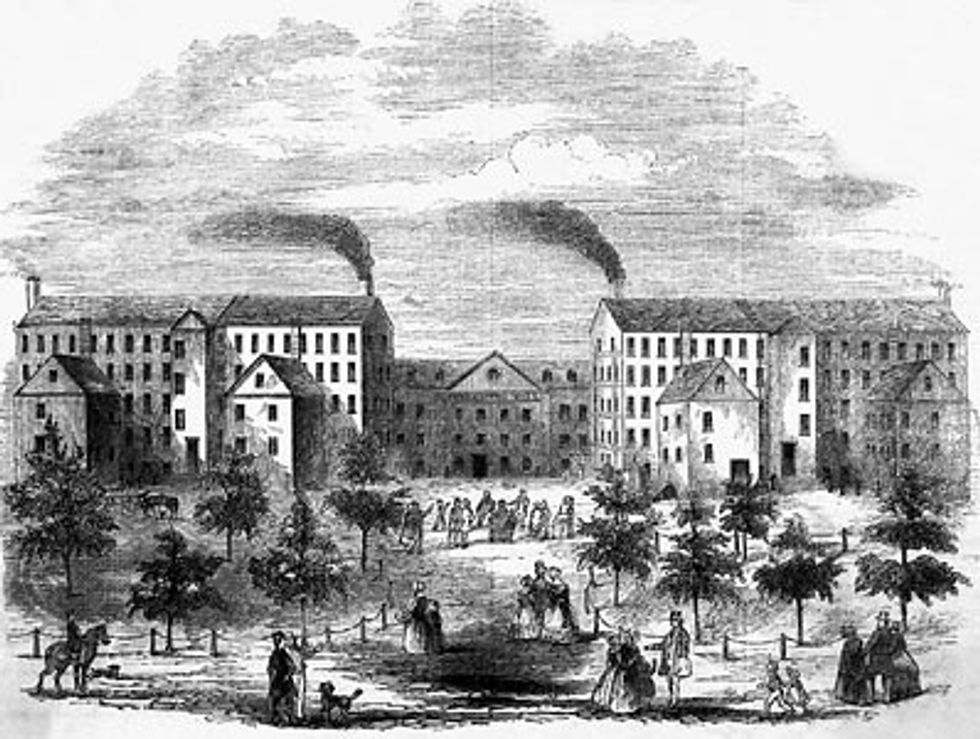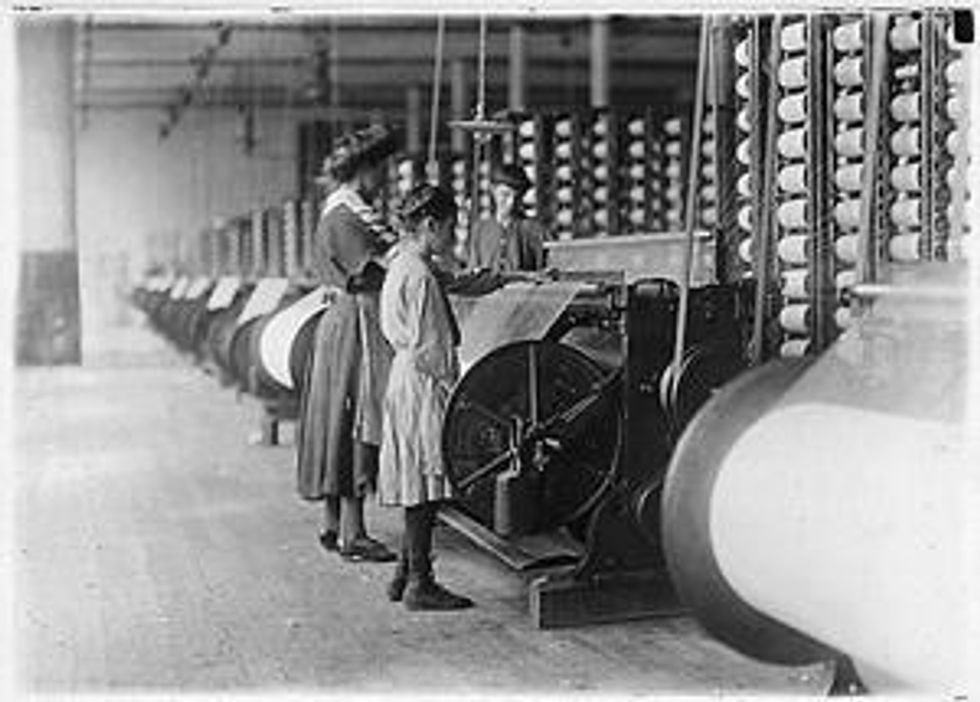A little while ago, I visited the Lowell Mills during a field trip we took to explore the employment of women in American Industry. It was an incredible journey across town (mind you, many would disagree with me but seeing as I’m a huge history nerd, it’s kind of fitting!). We explored it’s many canals, and walked on roads many generations of Americans have walked upon. However, the purpose of this article is not to gush over Lowell (as much as I’d love to) but to show you the hidden struggle of the women suffrage movement.
Lowell was officially established in 1823 as the “first factory [which employed] Yankee women from the nearby countryside” (Thomas Dublin). This was a major step for women, as women worked in ways unknown to the pre-industrial era, as they were primarily based in household jobs or on farmlands. As they began to expand, it became the nation’s largest textile mill center, which in turn affected women and their experiences in the mills. As wages were reduced dramatically while hours were increased, women began to stand up for their rights by protesting the wage cuts. Many protests led within Lowell were led by women, which allowed them to form communities in which they protested together thus revolutionizing women’s’ roles in the working environment.
As working in the mills provided women with an alternative to the traditional lifestyle they were so used to, they protected their right to earn their own wages and be self-sustaining, which is an evolutionary stance for that time period. The first protest was organized in February, 1834 with over 800 women petitioned against wage cuts and increase in daily work by halting work and marching to different mills. They held their stance with the idea that they would not “Discontinue their labors until [reconciliation occurred]” (Thomas Dublin). The essence of this protest is crucial Important because it took place in an era where women were frowned upon when asking for work which was considered unfeminine. It is a revolutionary idea that they could actually maintain a protest when it was considered unfeminine to be working in a mill. In essence, women were finally helping the household by supplying wages; thus they weren’t too happy about having to give it up as it was threatening their self-independence. I think the idea of self-sustenance was really important to women as it allowed them to create their own source of money, which let them travel home whenever they wanted to, instead of being trapped at home. It was less of an idea of meaningless fighting for higher wages, but more of a revolution that took place to free women from the glass ceiling which prevented them from leaving their home and womanly duties. Therefore, the second protest was stronger, both in number and mentality, as the strike halted production to a greater extent.
In conclusion, the Lowell mills allowed women an escape from their confines of the home, and allowed them to work with men, which enabled them to finally be considered their economic subordinates. It also allowed them to challenge male dominated leadership thus changing women’s role in the economy forever. Therefore, I recommend this as a must-see!













































